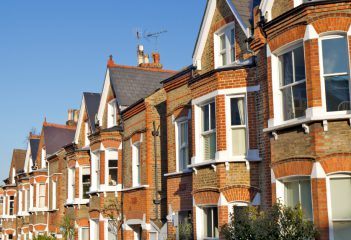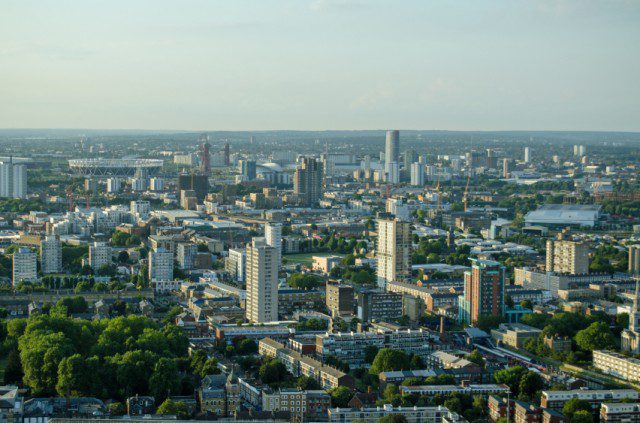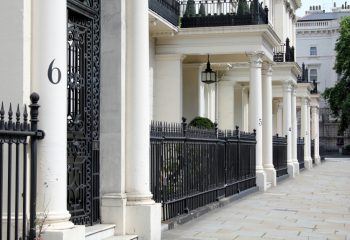Rental Competition is Pushing London’s Commuter Belt Further East
Strong rental competition from tenants looking to leave the capital is pushing London’s commuter belt further east, according to the findings of the latest Landbay Rental Index.
Rents in the East of England grew by an average of 2.35% in the 12 months to July – the fastest rate of any UK region over this period and almost four times the average UK increase of 0.64%.
High rental competition for low-rent accommodation from long-distance commuters is thought to be a contributing factor, pushing rents up by more than 2% in eight of the ten counties in the region, and more than 3% in four of the ten.

Rental Competition is Pushing London’s Commuter Belt Further East
Of the capital’s five hottest commuter belt spots outside of the M25, four are located in the East of England. Luton (+4.23%), Peterborough (+3.75%), Thurrock (+3.56%) and Bedfordshire (+3.19%) all have average rents less than half the London average (£1,873), but have all experienced significant rental growth in the past year. In the capital, rents have dropped by 1.05% over the last 12 months.
The current pace of growth means that a tenant in Luton is now paying £789 for rent each month, compared to £757 a year ago, which is an extra £384 over the year.
The index highlights the growing affordability crisis facing young people working in the capital, suggesting that many are moving further afield to reduce their rent burden, possibly while they try to save for a home of their own.
Transport for London (TfL) recently revealed that Southern Rail trains are now the most overcrowded in the country, with some services carrying more than twice the number of passengers they were designed for. Meanwhile, new figures suggest that more young people than ever, particularly in London, are frustrated by the struggle to save and now feel like they will never be able to buy their own homes.
The study corresponds to recent research, which found that one in four young Londoners plan to leave the capital to buy their first homes.
Less affordable areas in London’s commuter belt – those with higher than average rents, such as the South East – have seen lower levels of rental competition and therefore slower price growth.
While the East of England has seen rental competition drive up prices, just three out of 19 counties in the South East have recorded rent price growth above 2%. It’s telling that those that have – Medway (+3.16%), Kent (+2.28%) and West Sussex (+2.03%) – all have more affordable average rents, at less than half the London average.
Indeed, the two counties in the South East with the highest average rents – Surrey (£1,439), and Windsor and Maidenhead (£1,270) – have both seen rents drop over the past year, by 0.13% and 0.23% respectively.
Elsewhere, already expensive areas surrounding the capital have experienced far lower rental growth. For someone living in Windsor and Maidenhead, traditionally deemed as a desirable location for commuters, rents have seen the greatest slowdown.
Average annual rent price growth across the UK slowed to 0.64% in July – less than half the 1.83% rate recorded last year. Outside of London, the pace slowed to 1.56%, with average rents reaching £756 per month.
Within the capital, especially central London, rents have now been falling for over a year – by 1.05% over the past 12 months.
The CEO and Founder of Landbay, John Goodall, comments: “With rising inflation and rock-bottom interest rates, it is little surprise to see demand in the more affordable Home Counties rising faster than pricier parts of London and the South East. Naturally, these surrounding areas are starting to experience a surge in rental prices, creating a ripple effect out from the capital. There are of course a number of factors at play, but as yields tighten in the capital, landlords may well be branching out to the East of England in a bid to meet this demand.”
Tenants should be wary, however, as new research claims that landlords are cutting back on how many under 35s they accept as tenants. This will only make rental competition more fierce, which will push rents even higher in high-demand areas.








